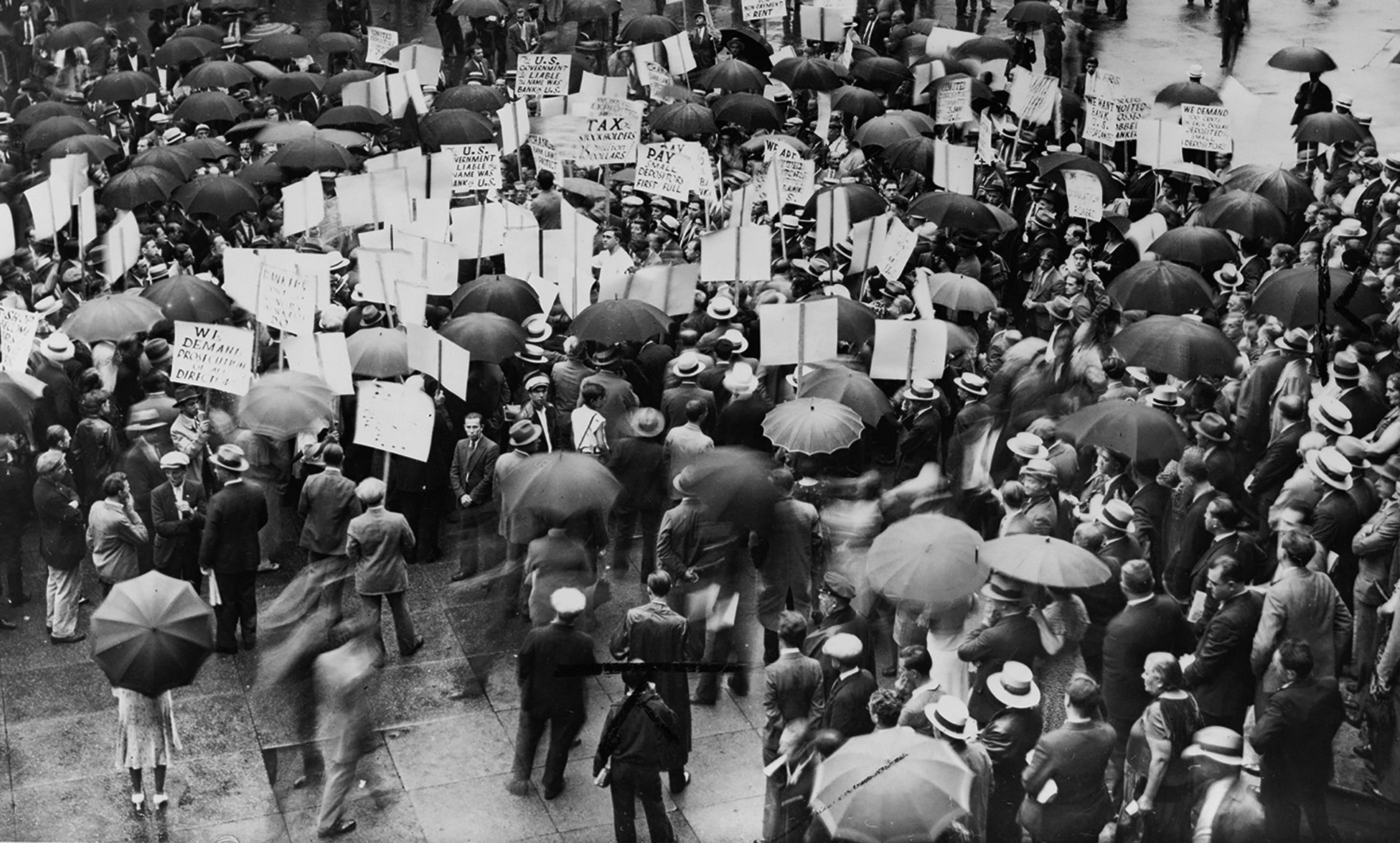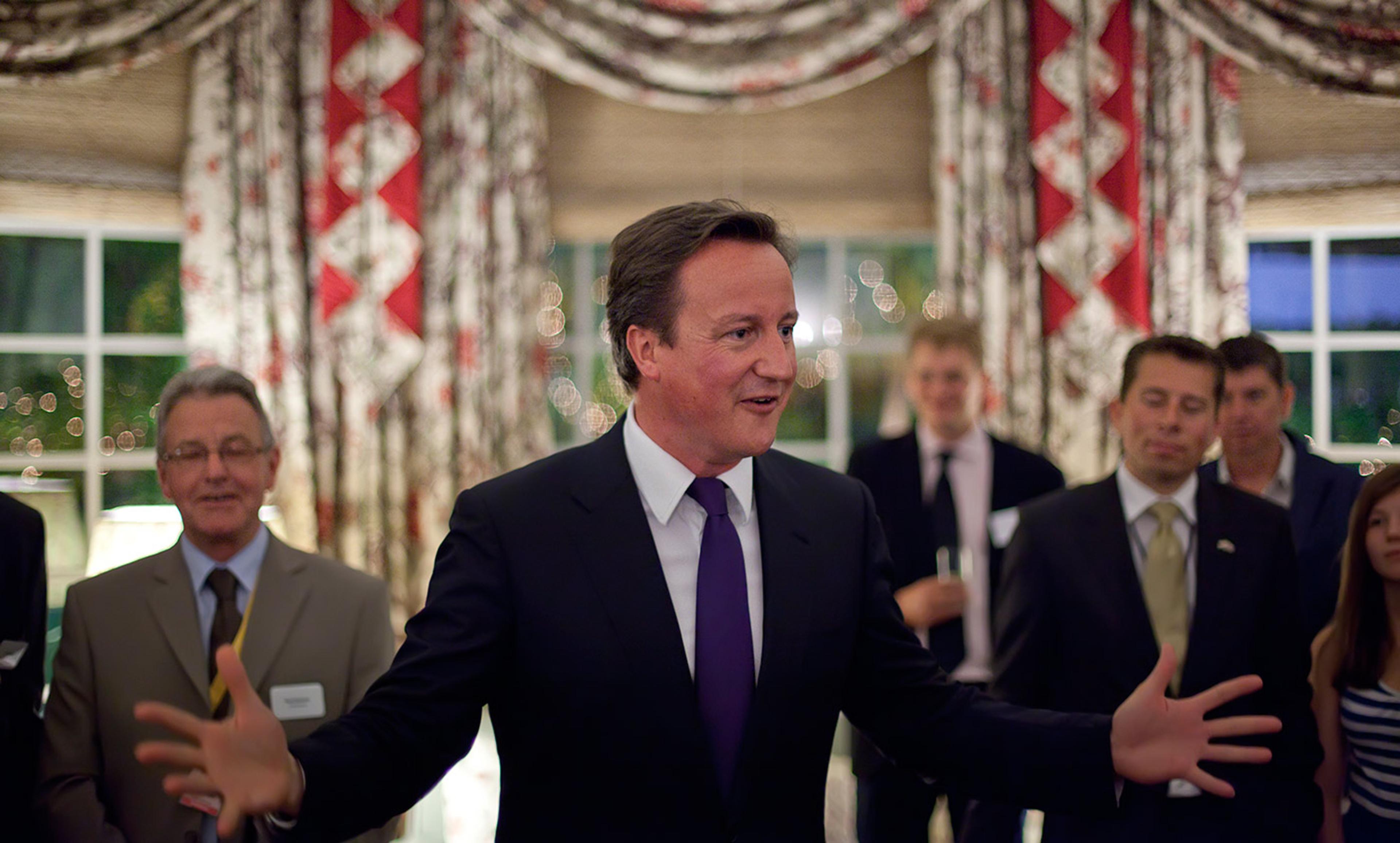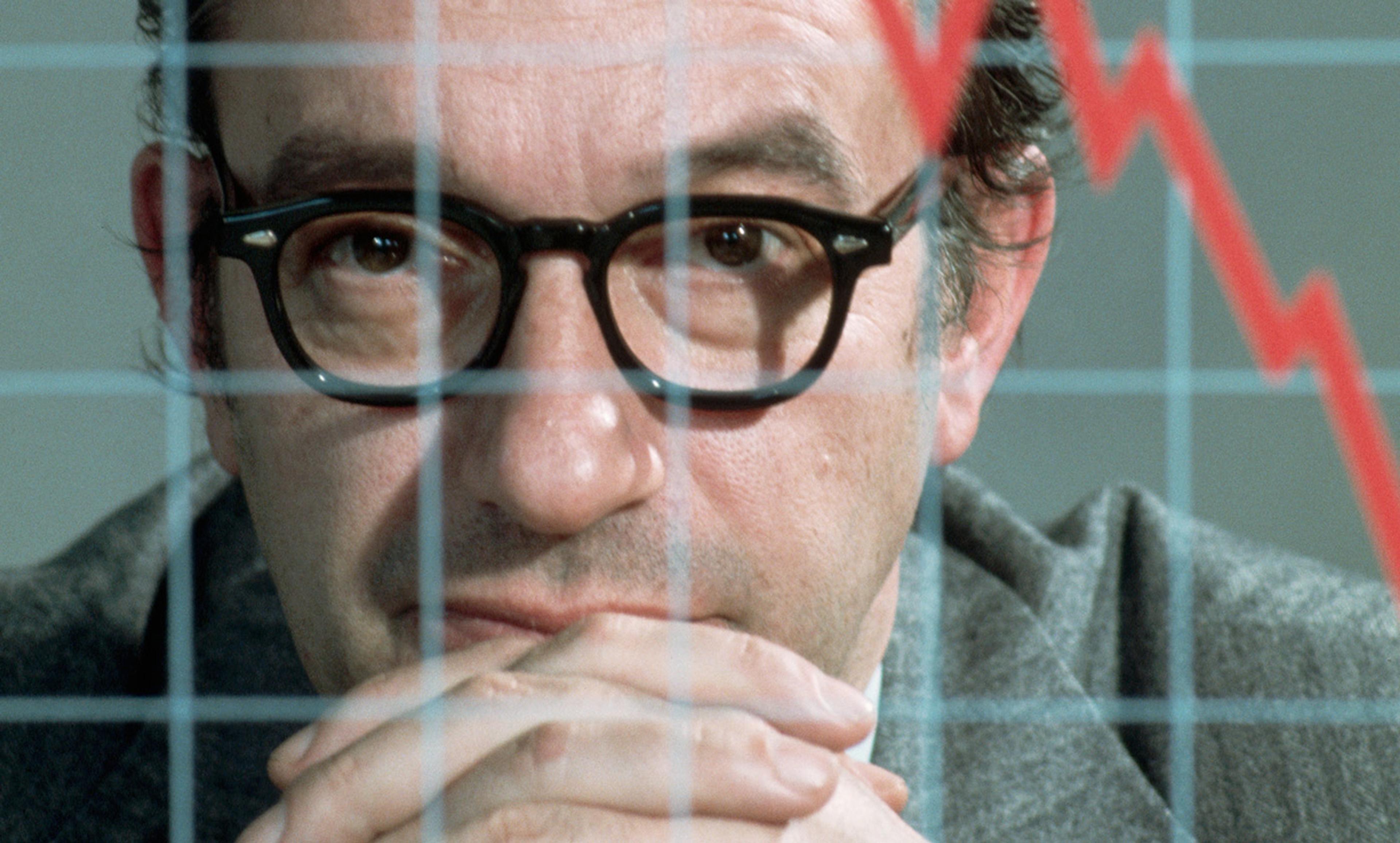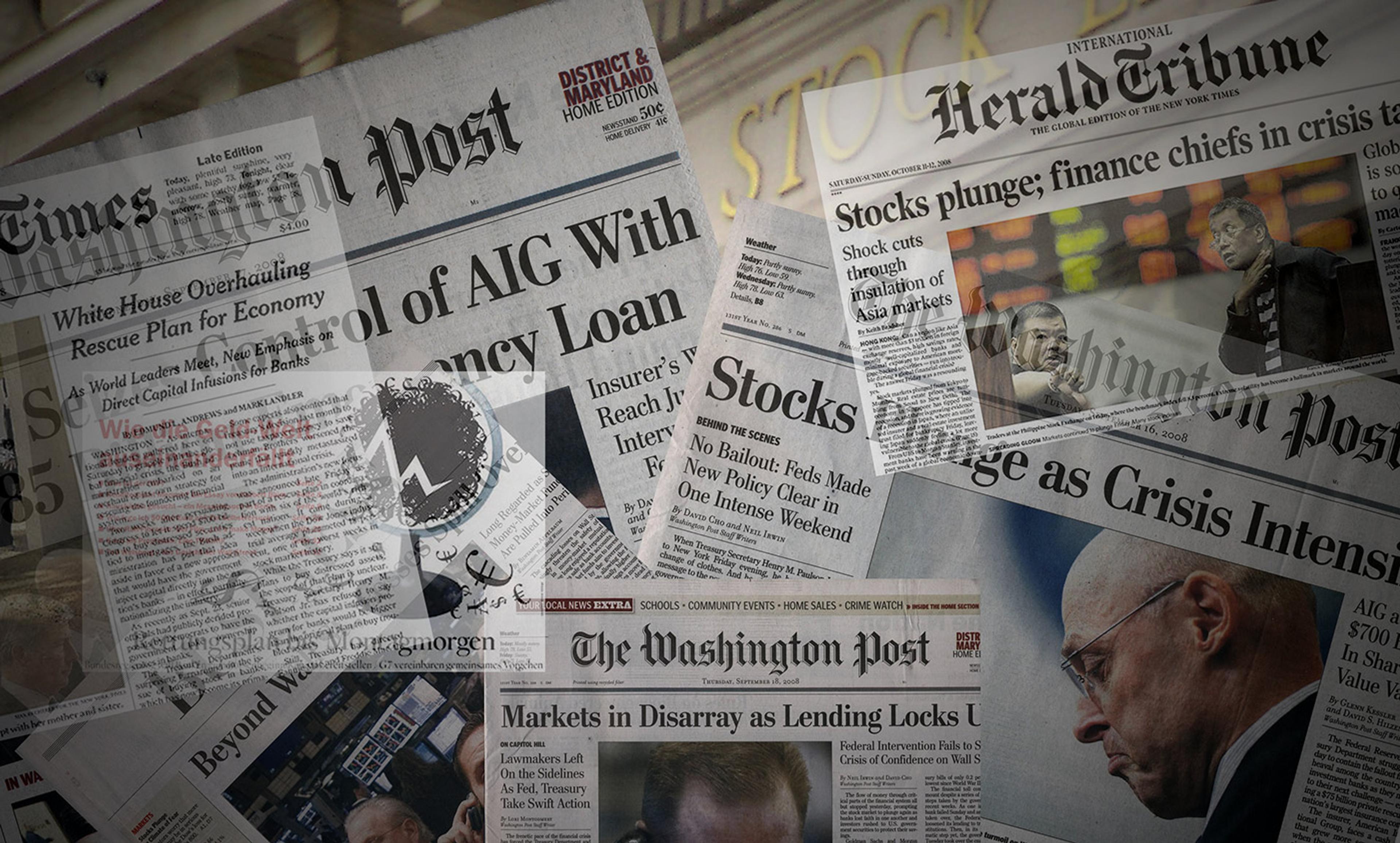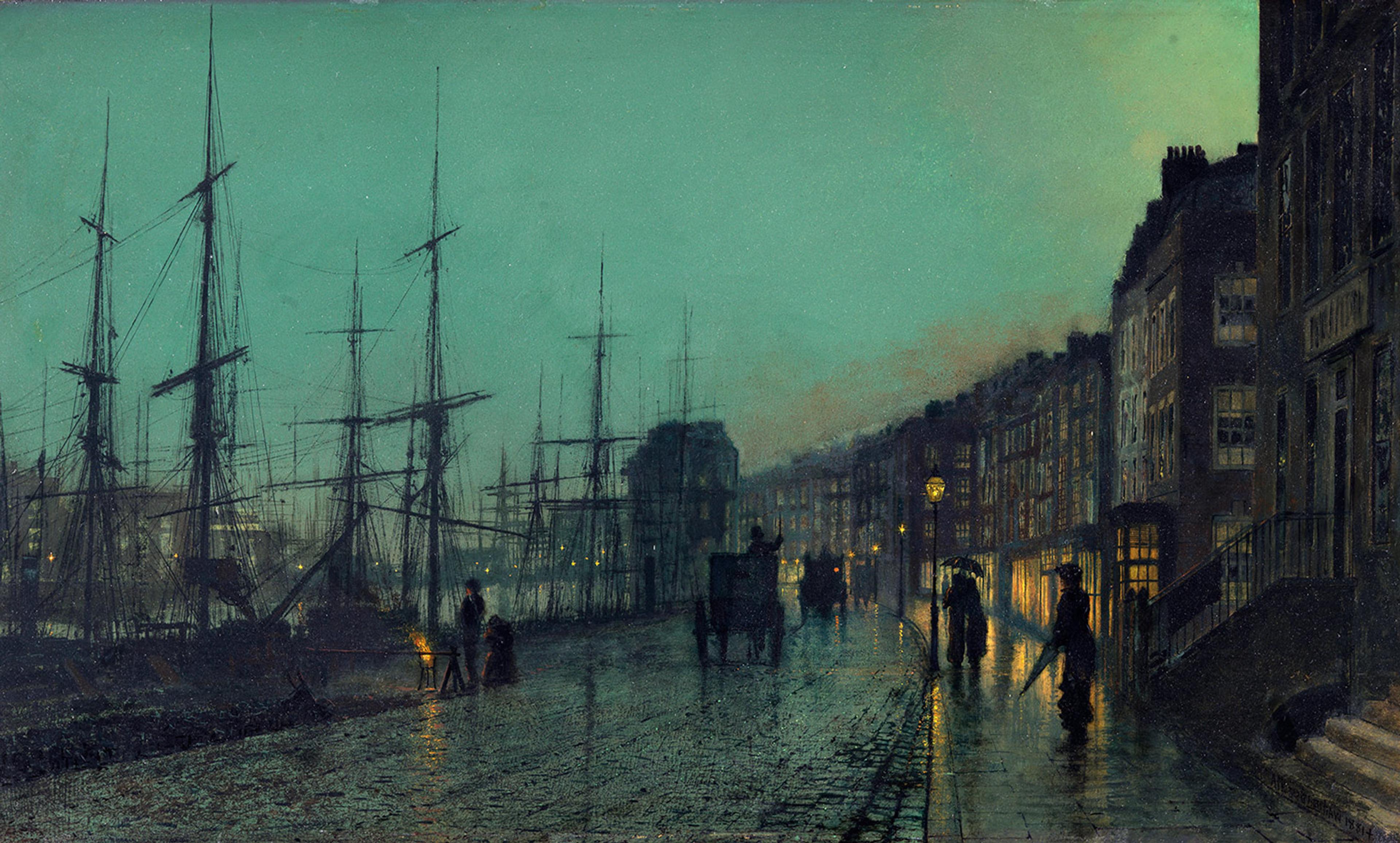Crowds outside the Bank of United States when it failed in 1931. Library of Congress
Banks have always aroused distrust. Suspicions about banks extend back to the beginning of the modern banking system, in 17th-century Europe. The era witnessed the emergence of central banks and fractional reserve banking as well as the proliferation of negotiable credit instruments. The first effects of these innovations were practical. In countries like the Netherlands and England, banks rose in tandem with constitutionalism. Governments that respected the rule of law inspired more confidence from lenders. Banking also increased states’ powers to fund wars and establish empires.
The Financial Revolution brought important ideological consequences. It promoted new ideas about the relationship between credit and money. Though tolerated in practice, lending money at interest had for centuries officially been prohibited in the West. It was viewed as exploitative and unnatural in a world where wealth was considered finite and static. Usury was a sin in the eyes of religious authorities, and classical political economy since Aristotle had believed money to be ‘barren’ and therefore unable to ‘breed’ through interest. This view found expression in Dante’s Inferno, where moneylenders are punished, alongside homosexuals, for their shared crime of ‘unnatural’ copulation. In the 16th century, the Protestant Reformation, and steady commercial growth, gradually diminished the opprobrium attached to usury, but moneylending still carried a tinge of the unnatural. Early proponents of the power of banks to create money on credit used alchemical principles – that is, the principles of magic – to compare the transmutation of base metals into precious ones, and the transformation of specie into paper money.
For supporters, the justification of banks – and the expansive growth of credit and money – reflected their transformed notion of nature itself. That a bank could start with a set amount of gold and lend out five or 10 times that amount on credit was not ‘unnatural’ because credit itself grew out of man’s natural inclinations toward cooperation and optimism about the future. Banks served as the chief conduit for credit, a force that channelled man’s self-interested passion for gain into public good by relying on the human capacity for promise-keeping. In extending credit based on the anticipation of reimbursement, the bank created a more united, hopeful society. In such a vision of the world, money could in fact ‘breed’, if people agreed that the contract was just. Enlightenment thinkers such as Jeremy Bentham and Anne-Robert-Jacques Turgot, for example, reversed the old orthodoxy and argued in favour of credit.
However, a group of thinkers and political leaders continued to view banks as fundamentally corrupting unnatural institutions. The historian J G A Pocock has them termed ‘classical republicans’. Classical republicans held that property in land was the only real, tangible source of value. Banks, in their view, created illusory value, susceptible to vanish as quickly as it had appeared. Moreover, banks undermined manly independence, the great basis of society, and fostered a culture of servile effeminacy. One case in point for naysayers was the financier John Law’s plan to finance the French national debt by tying it to a bank and joint-stock company selling shares in the riches of Louisiana. After driving share prices in the bank’s stock to dizzying height, the speculative fervour suddenly dissipated. It bankrupted the French government and many individuals who had trusted in Law’s scheme.
In the classical republican view, banks could also serve as instruments of manipulation and spurious self-enrichment by hidden elites. Early in the 19th century, rumours about the timely reactions of the Rothschild banking family to Napoleon’s defeat at Waterloo gave rise to what would become a favourite hobby horse of the anti-Semitic Right: the idea that a small cabal of Jewish bankers controlled the ebb and tide of world history by means of credit and debt. In reality, Waterloo and Napoleon’s fall very nearly bankrupted Nathan Mayer Rothschild. However, long-established stereotypes of Jews as moneylenders, combined with a newfound appreciation of the power of organised banking, fostered additional conspiracy theories positing that bankers hold control over political events.
Since the early 19th century, banks have thrived, and are foundational to modern economic life. Yet the ambivalence surrounding them has not dissipated. Over the course of the 19th century, the ideal of the independent property-owner, upheld by the classical republicans, gradually faded. Instead, factory labour became the ideal form of ‘real’ value, beside which finance seemed dubious and fictional. The heroes of many 19th-century novels, such as Elizabeth Gaskell’s North and South (1855) and Anthony Trollope’s The Way We Live Now (1875), preferred the ‘real’ work done in factories to the ‘fictional’ and often dangerous fortunes to be reaped from financial speculation.
Viewed in light of this long history, present-day distrust of banks, so salient since 2008, appear less as novel reactions to our changing times than as the latest chapter in the long-running paradox of trust and credit. On a day-to-day basis, most of us trust banks well enough. We’d prefer to deposit our money in a bank account than, say, stuff it in a mattress. Yet no single capitalist institution compares with the bank in terms of the sheer amount of unease and antipathy it engenders. Polls show that a mere 18 per cent of Americans trusted banks in 2010. The 2015 Edelman Trust Barometer, a yearly survey of attitudes across 27 industrialised nations, indicated that, among major industries, only the media is less trusted than banking and finance.
Suspicion of banks today traverses the political spectrum. Different political viewpoints tend to linger on different aspects of the original critiques of the banks. The Left sees finance as integrally connected with a parasitic elite of largely idle profiteers. Much like the classical republicans of yesterday, they see banks as guilty of fabricating fictitious value and avoiding ‘real’ work. The Right portrays banking as a threat to personal or national sovereignty. They evoke the classical republicans’ anxiety about banking and despotism. In the United States, for example, conservative commentators such as Glenn Beck and Ron Paul have not only charged the Federal Reserve with causing inflations and depressions, but denounced it as an instrument of tyranny. Outside mainstream discourse, conspiracy theories about the banks are often tinged with anti-Semitism. Try searching for ‘banking’ on YouTube. In these conspiracy theories, rumours such as the one about the Rothschilds and Waterloo thrive.
No institution more clearly relies on trust than the bank. That is precisely what makes banks a lightning rod for suspicion. From the time modern banking emerged, it has been the subject of intense misgivings. Many of these suspicions are with us still. How and why one mistrusts banks, however, tells us a lot about the way one sees the world politically.
